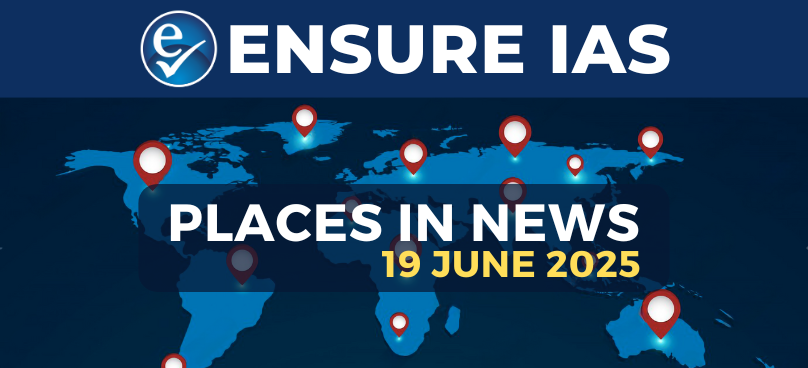- Courses
- GS Full Course 1 Year
- GS Full Course 2 Year
- GS Full Course 3 Year
- GS Full Course Till Selection
- Answer Alpha: Mains 2025 Mentorship
- MEP (Mains Enrichment Programme) Data, Facts
- Essay Target – 150+ Marks
- Online Program
- GS Recorded Course
- Polity
- Geography
- Economy
- Ancient, Medieval and Art & Culture AMAC
- Modern India, Post Independence & World History
- Environment
- Governance
- Science & Technology
- International Relations and Internal Security
- Disaster Management
- Ethics
- NCERT Current Affairs
- Indian Society and Social Issue
- NCERT- Science and Technology
- NCERT - Geography
- NCERT - Ancient History
- NCERT- World History
- NCERT Modern History
- CSAT
- 5 LAYERED ARJUNA Mentorship
- Public Administration Optional
- ABOUT US
- OUR TOPPERS
- TEST SERIES
- FREE STUDY MATERIAL
- VIDEOS
- CONTACT US
'Gold Card' Visas for US Citizenship
'Gold Card' Visas for US Citizenship
25-03-2025

US President Donald Trump has introduced a new "Gold Card" immigration initiative, replacing the existing EB-5 visa program.
This new policy aims to attract wealthy foreign investors by offering a streamlined path to U.S. citizenship and permanent residency.
Key Features of the Gold Card Program
- Requires a minimum investment of $5 million from foreign investors.
- Provides a direct pathway to U.S. permanent residency and citizenship.
- Replaces the EB-5 visa program, which has been in place since 1990.
- Designed to attract high-net-worth individuals willing to make significant economic contributions.
Comparison: Gold Card vs. EB-5 Visa Program
EB-5 Visa Program
- Established in 1990 to boost the American economy through job creation and capital investment.
- Requires a minimum investment of $1.05 million (or $800,000 in economically distressed areas, known as Targeted Employment Areas).
- Grants Green Cards to eligible investors who meet the job creation and investment criteria.
Criticism of EB-5
- Faced fraud and misuse allegations, with reports suggesting that funds were used for real estate projects, including those linked to the Trump family businesses.
- Calls for reform intensified during Trump's presidency due to concerns about program integrity and misallocation of funds.
Impact on Indian Investors
Green Card Statistics
- In 2023, only 631 Indians obtained Green Cards through the EB-5 program.
- The $5 million investment requirement may make the Gold Card program less attractive to many Indian investors.
Impact on Other Immigration Categories
- Over one million Indians are currently waiting for Green Cards in the U.S.
- The backlog for employment-based Green Card applicants from India is projected to reach 2.19 million by 2030.
- The introduction of a new investor category like the Gold Card may further extend waiting periods for applicants in other visa categories.




